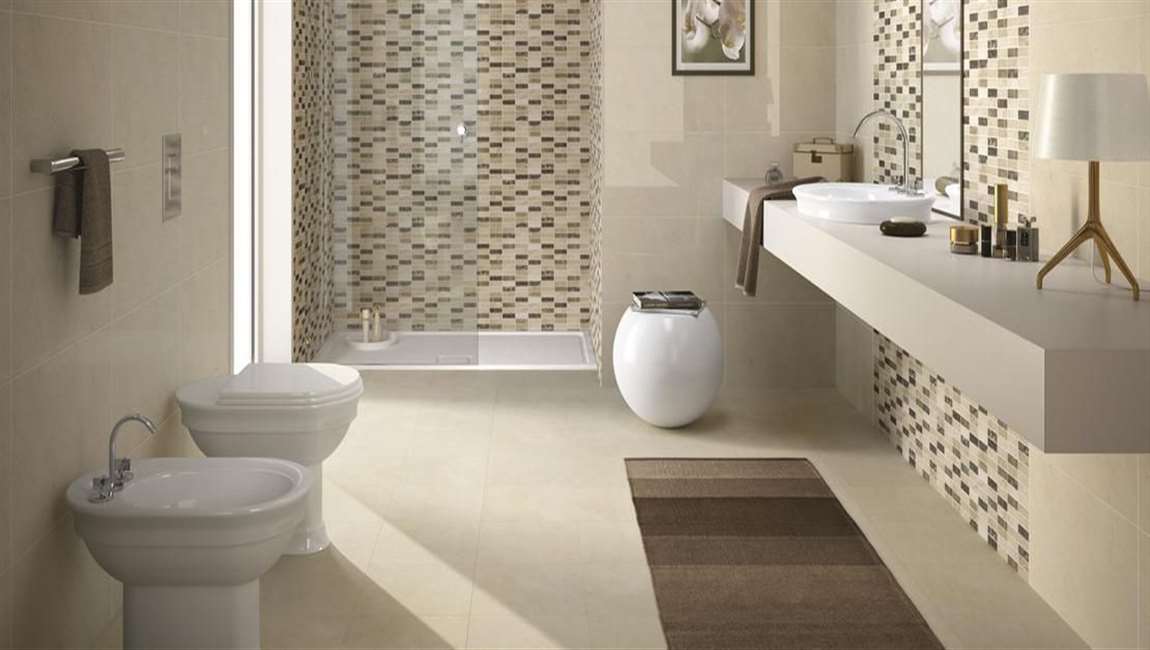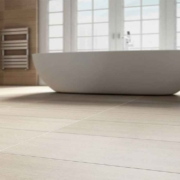How Cleaning Your Tile Floor Routinely?
Sweep or vacuum twice a week. Using a dry mop or vacuum is ideal, although you can sweep with a broom if you’re in a hurry. Opt for a soft and fluffy dust mop, preferably with a removable end that’s machine washable. Don’t use a vacuum with a beater bar, which can scratch or dull your flooring. Try a vacuum attachment for bare floors or a soft head attachment.
Mops with disposable dusters are more expensive in the long run and tend not to clean as well as fluffy, washable mop heads. For quick sweeping, brooms with rubber bristles work well. Use a wet mop on unglazed tile every day. Vacuum or sweep first. Fill a bucket with plain warm water. Rinse the mop often, and replace the water when it looks dirty.
Avoid using a sponge mop, since it can drive dirty water into the grout.Unglazed tile can only be cleaned with water, thus it needs more regular cleaning than glazed tile in order to avoid staining.
Mop glazed tile weekly. Vacuum or sweep before using a wet mop. Fill a bucket with warm water. You can add a drop of dish soap to a gallon of water if your glazed tiles are visibly dirty. Rinse the mop frequently, and change out the water when it gets dirty. Avoid using a sponge mop, which can deposit dirty water into grout. If you used soap, follow up with at least one rinse using a mop and plain water.
Dry the floor with clean towels. This will pick up any leftover dirt, prevent water spots, and give your flooring shine. Drying your flooring is especially important if you have unglazed tiles. Unglazed tiles are more porous than glazed tiles, and if they are left wet will be more likely to accumulate organic staining from mold or mildew.








